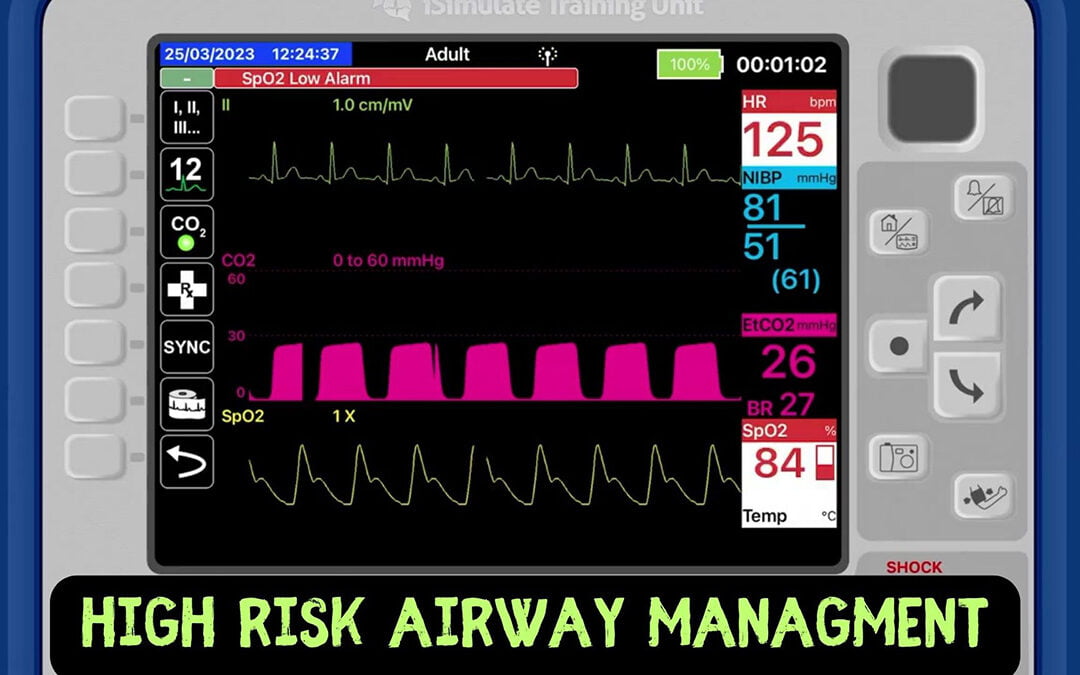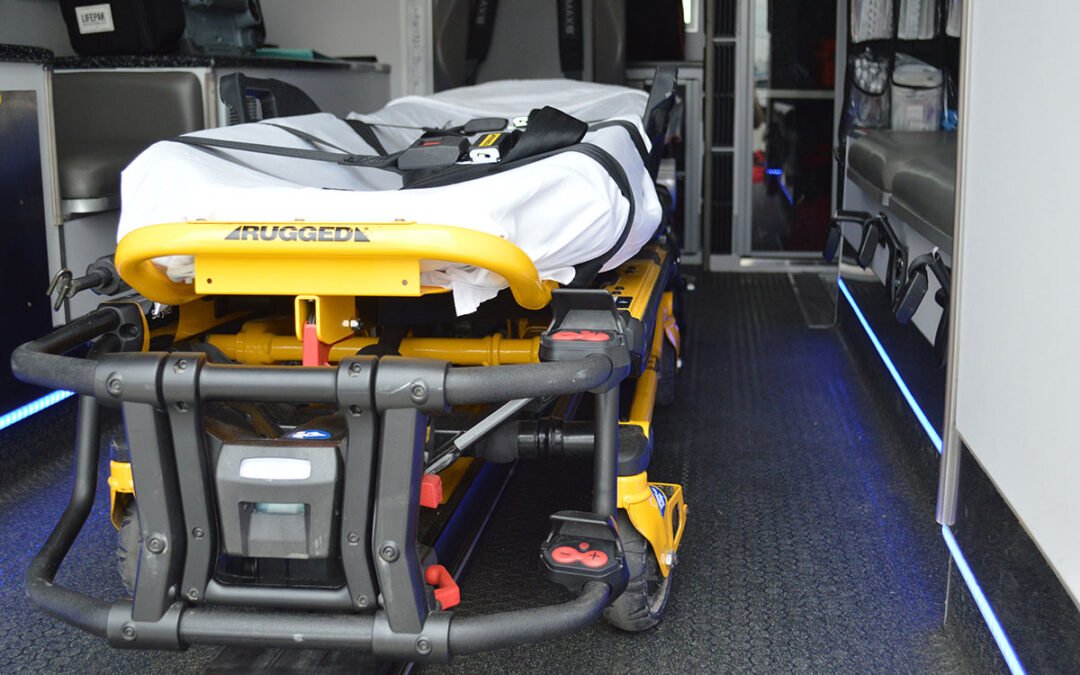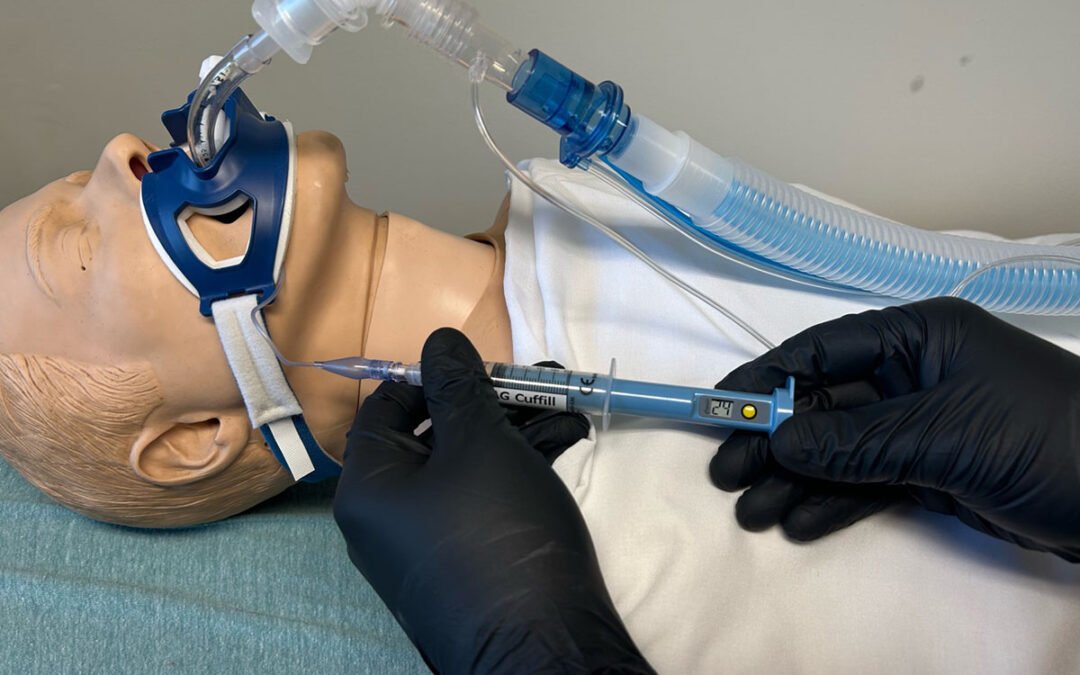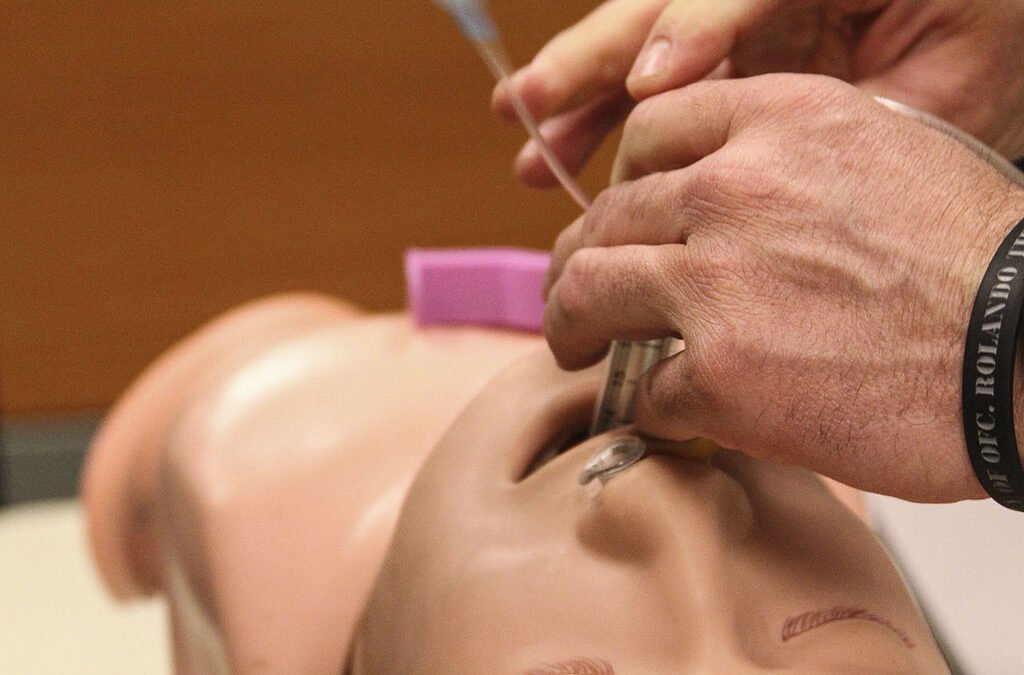
Friday Night Lights: Shift 7 – The Positive-Pressure Vise
An improper bag-ventilation technique may be the reason why a patient’s vital signs drop.

An improper bag-ventilation technique may be the reason why a patient’s vital signs drop.

Here’s what you need to know about high-risk airway management.

This article emphasizes the importance of recognizing and managing the “physiologically difficult airway” in EMS.

Inaccurate cuff pressure can lead to tracheal stenosis, ischemia and pressure ulcers, underlining the need for vigilant monitoring and adjustments.

In the fast-paced world of prehospital emergency medicine, mastering trauma airway management is an indispensable skill for EMTs and paramedics.
Recent Comments